The June 2024 Lok Sabha results left the BJP with 240 seats—short of a simple majority. But with support from Nitish Kumar’s Janata Dal (United) (JD(U)) in Bihar and N Chandrababu Naidu’s Telugu Desam Party (TDP) in Andhra Pradesh, the National Democratic Alliance (NDA) secured the numbers needed to form the government. In turn, the Centre channelled significant investments into both states to strengthen its key allies.
The opposition had predicted—unrealistically—that this trio would collapse within months, even attempting to topple the central government. It failed. Nearly a year and a half later, the NDA remains firmly in place.
With a thumping victory in Bihar, the Centre’s stability until the 2029 general elections now appears secure—something both allies and adversaries acknowledge. The NDA last crossed the 200-seat mark in the state in 2010.
An experienced and widely regarded Nitish Kumar is set to take oath again as Chief Minister, heading the JD(U)–NDA government for another five-year term. After two decades at Bihar’s helm—on and off—any alternative would be destabilising.
The opposing Mahagathbandhan has suffered a severe rout: the RJD has shrunk considerably, and the Congress has nearly vanished. Ironically, when Tejashwi promised “change”, he may not have foreseen a collapse of his own prospects.
Nitish Kumar’s clean image, effective welfare programmes, and strong backing from women voters played a central role. Development initiatives—roads, metros, bridges, airports, railways—and Centre-backed infrastructure growth earned broad appreciation, leaving little trace of anti-incumbency.
Quick Reads
View AllThis election also showcased a remarkably cohesive coalition of Bihar’s diverse electoral blocs, with only partial exceptions among Yadavs and Muslims. When a traditional vote bank fractures, it usually spells long-term trouble—making the NDA’s consolidation striking.
Within the NDA, micro-management and organisational coordination were exemplary. All constituents—including influencers like the RSS—worked in sync.
Persistent speculation that the BJP might replace Nitish Kumar is misplaced. Though the BJP won slightly more seats than the JD(U), the numbers do not favour any leadership change. Nitish has shown no inclination to switch sides, and the BJP, by all indications, is not pursuing such a move.
A section of the RJD’s traditional base has drifted away, despite a surge of first-time voters. The lingering memory of the “Jungle Raj” years under Lalu Prasad and Rabri Devi appears to have severely damaged the party’s tally. Tejashwi himself managed only a hard-fought win in Raghopur.
Threats of unrest by RJD figures—before and after voting—have rung hollow. Their talk of “vote chori” and comparisons to Bangladesh and Nepal seem more like wishful thinking.
Bihar today is not the Bihar of the past. Law and order has strengthened markedly. Women feel safer, drive buses and metros, and move freely after dark, helped by policies like prohibition.
A consolidation of the Hindu vote may also have influenced the result and could carry over into upcoming state elections. Leaders like Giriraj Singh have already hinted that Bihar’s verdict may energise the NDA in West Bengal.
Internationally, attempts by certain Western, Islamic, and Communist groups to weaken the Modi government have continued, often allegedly aided by sections of the opposition through dubious foreign funding. Efforts to engineer political disruptions—as seen in Bangladesh and Nepal—have not gone unnoticed, nor have threats to India’s leadership.
This decisive Bihar victory reinforces the NDA’s legitimacy and national standing. The state—alongside Uttar Pradesh—remains critical for any party aspiring to govern at the Centre.
Foreign displeasure stems partly from India’s rapid rise: its economic strength, military capability, strategic autonomy, and independent geopolitical stance. Those used to dictating terms to India now face a more assertive partner.
India remains a key player in Brics, the G21, and across the Global South and will chair the G20 again in 2026. By 2028, India is projected to become the world’s third-largest major economy—its vast domestic market making it increasingly difficult to pressure or contain.
The imminent India–US interim trade deal may be signed soon, with Washington signalling readiness to roll back high tariffs. Meanwhile, India has expanded trade with partners like the UAE, the UK, France, Russia and Israel and boosted defence exports—gaining global interest after Operation Sindoor.
With inflation low, India is likely to cut interest rates further in December 2025, spurring domestic growth. Once the US deal is inked, agreements with the EU, New Zealand, Oman, and several Asian and African partners should advance more quickly.
Vladimir Putin’s upcoming visit on December 5 is expected to produce major defence and technology agreements, along with expanded cultural and people-to-people ties.
Even US restrictions on H-1B visas are being softened as America confronts its dependence on Indian tech expertise.
Much of the world is realising an old truth: if you can’t beat India, you may as well partner with it. And while Washington may be adjusting late, many others saw this coming.
The writer is a Delhi-based political commentator. Views expressed in the above piece are personal and solely those of the author. They do not necessarily reflect Firstpost’s views.


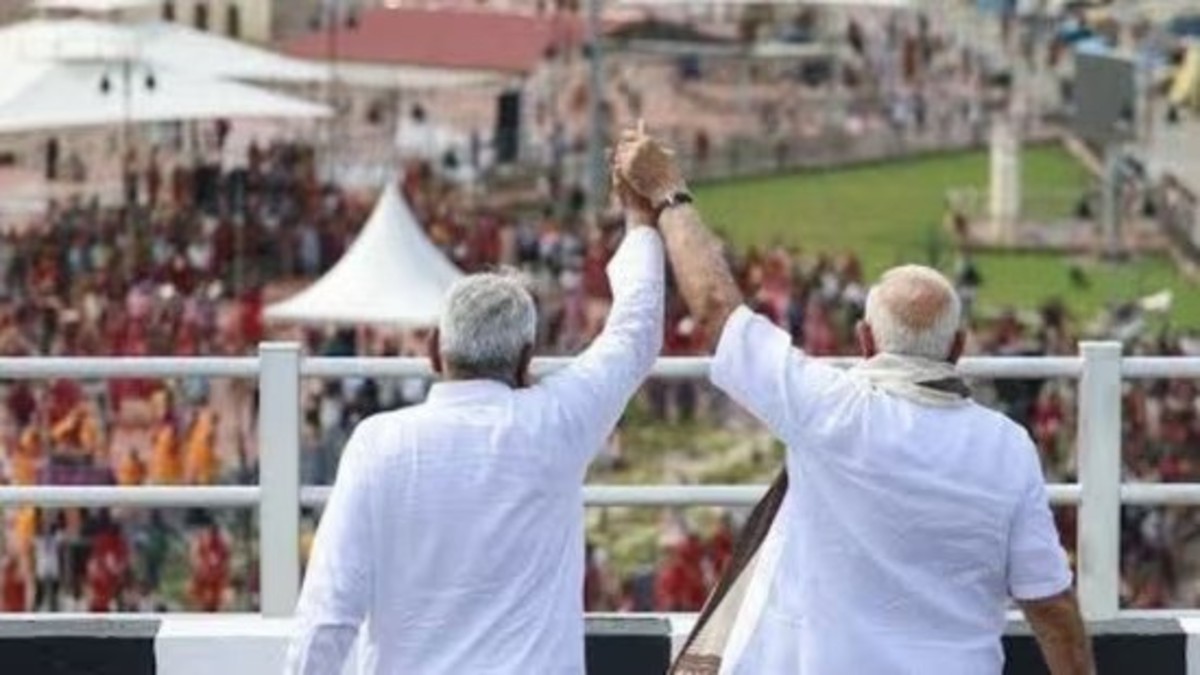)
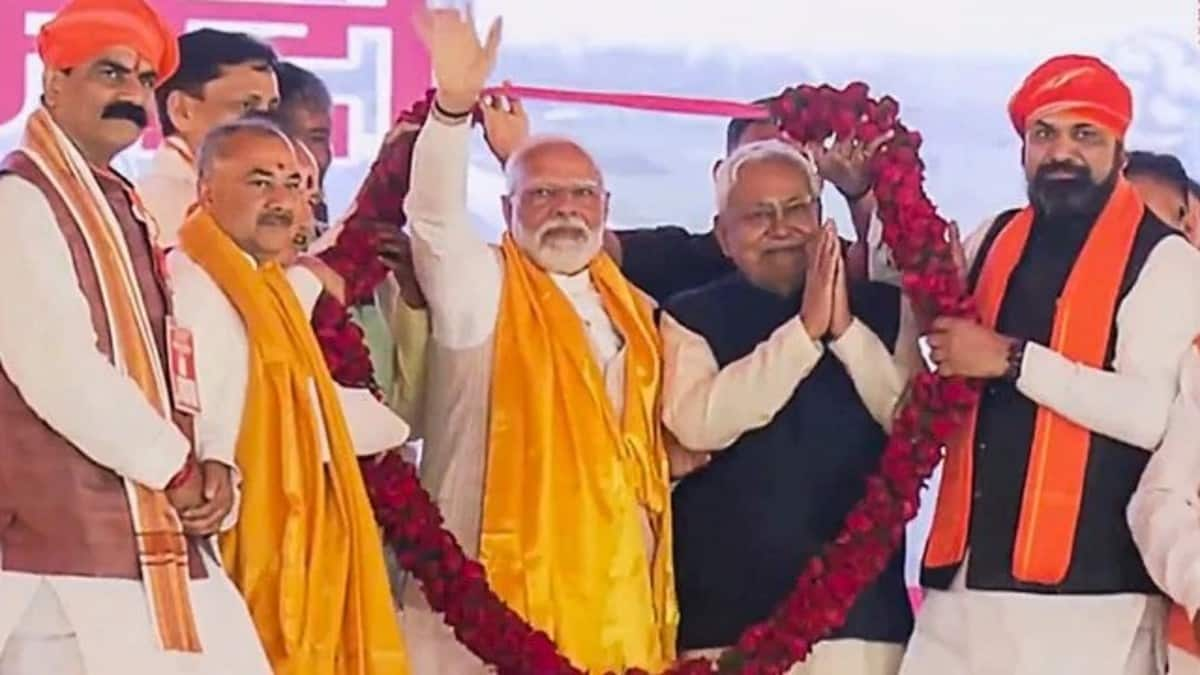
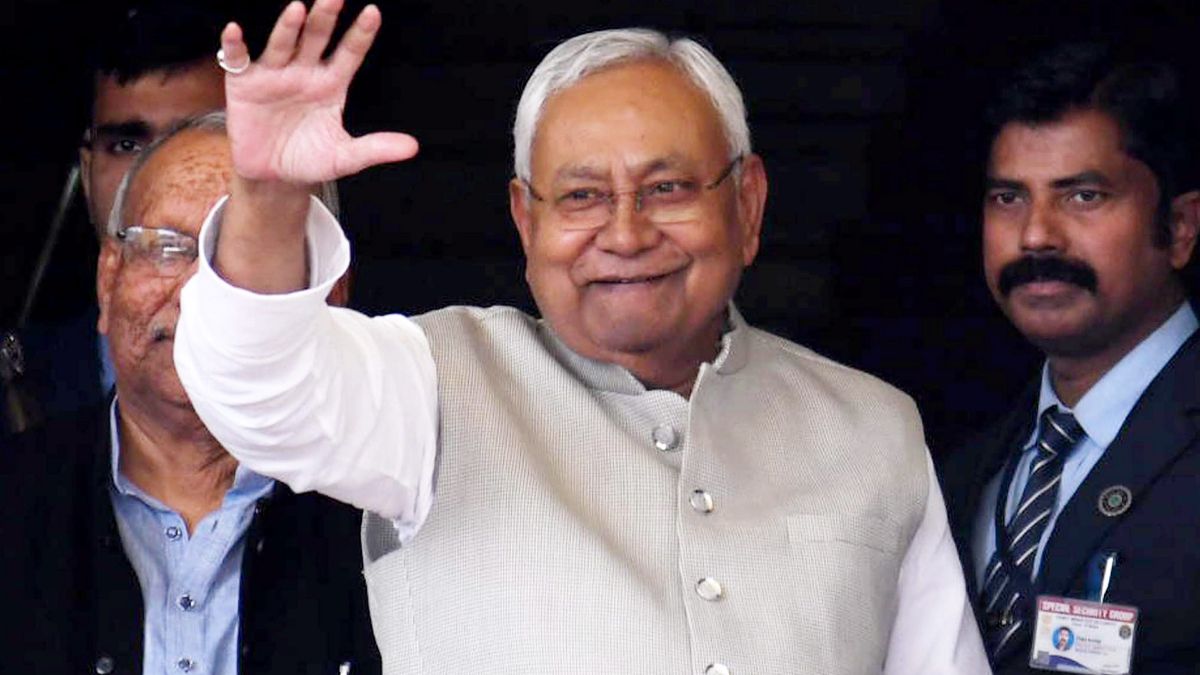)
)
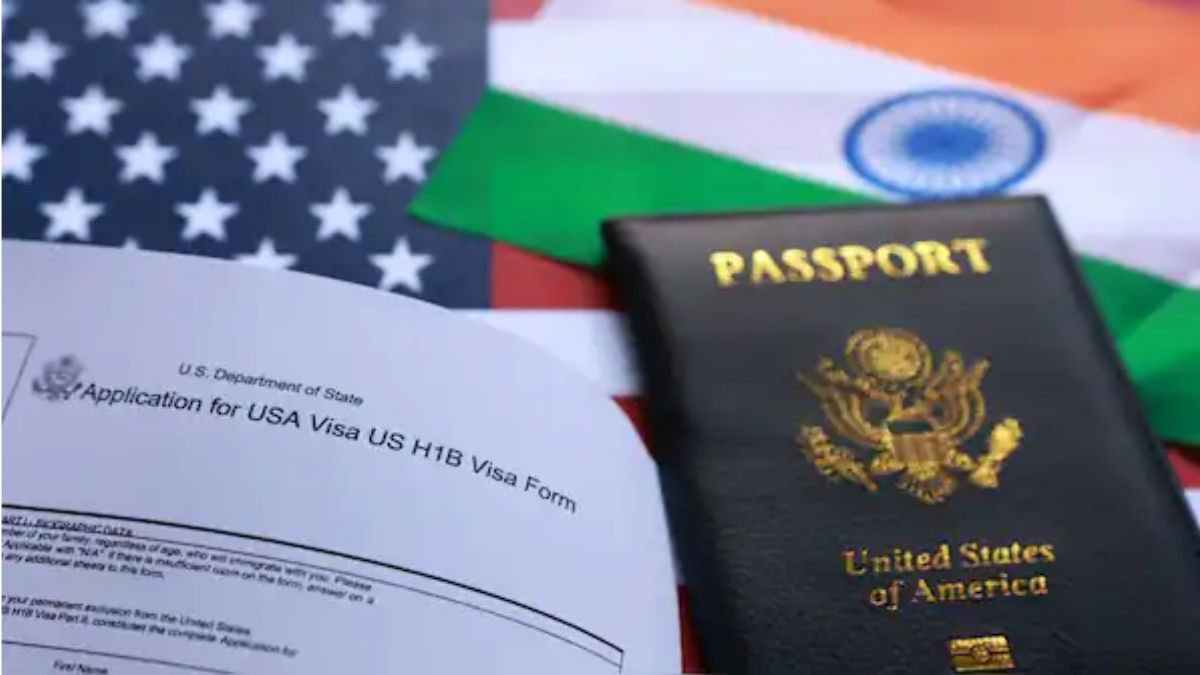)
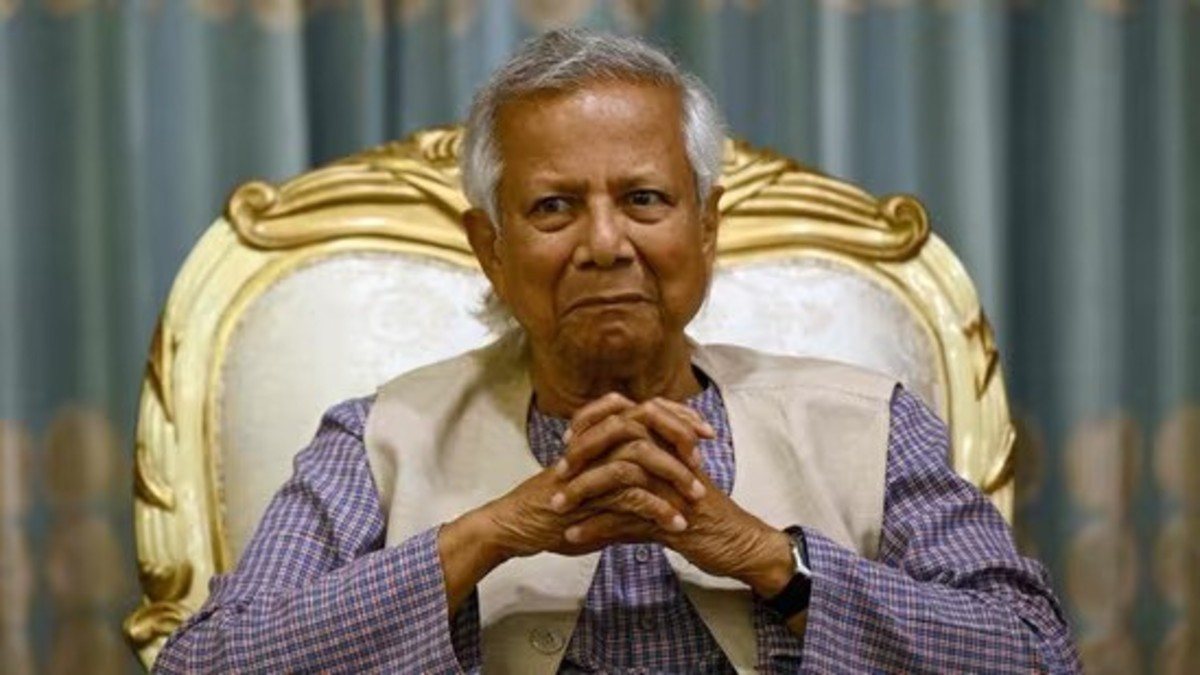)
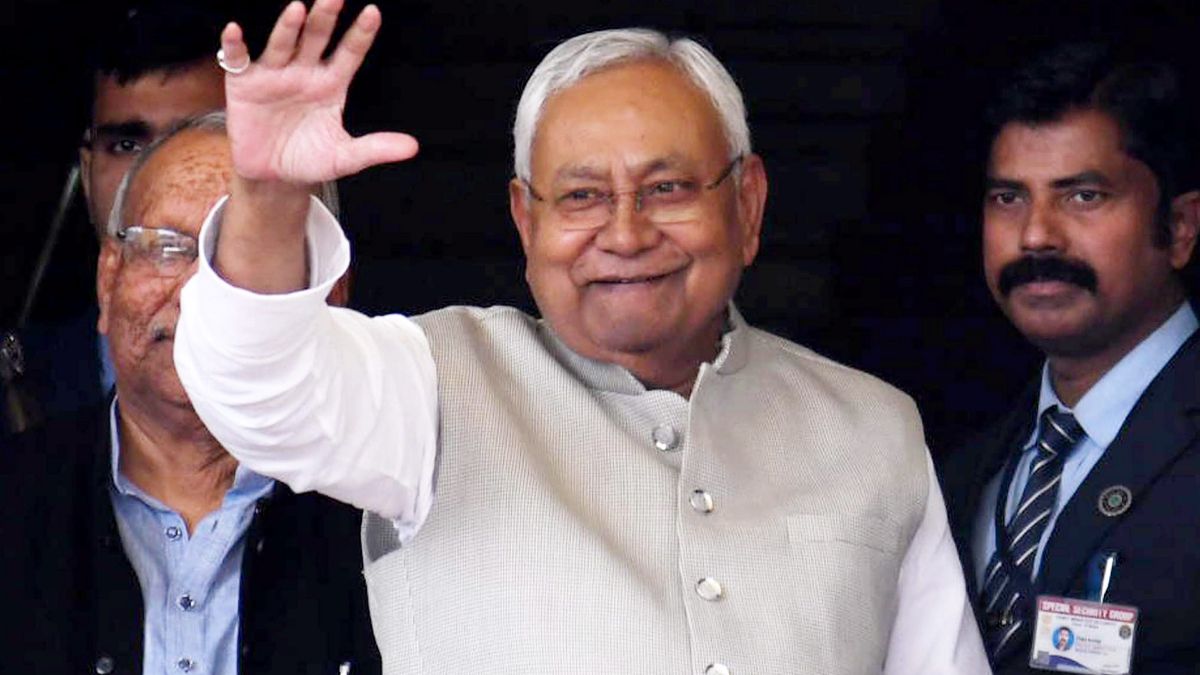)
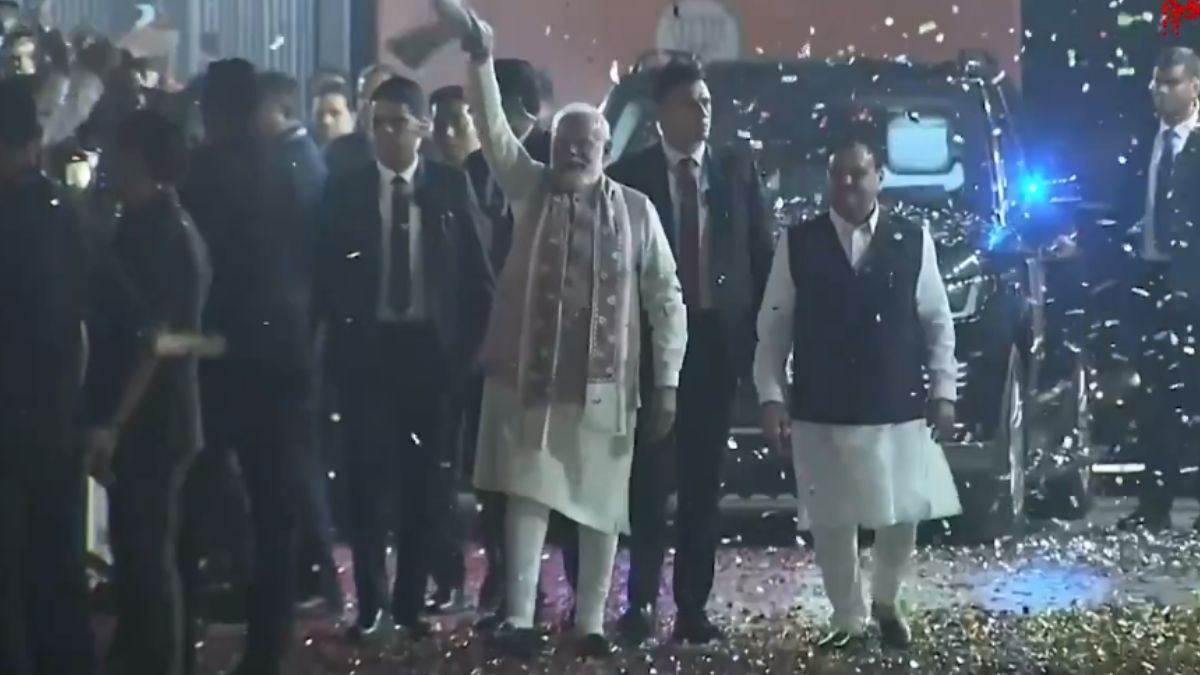)
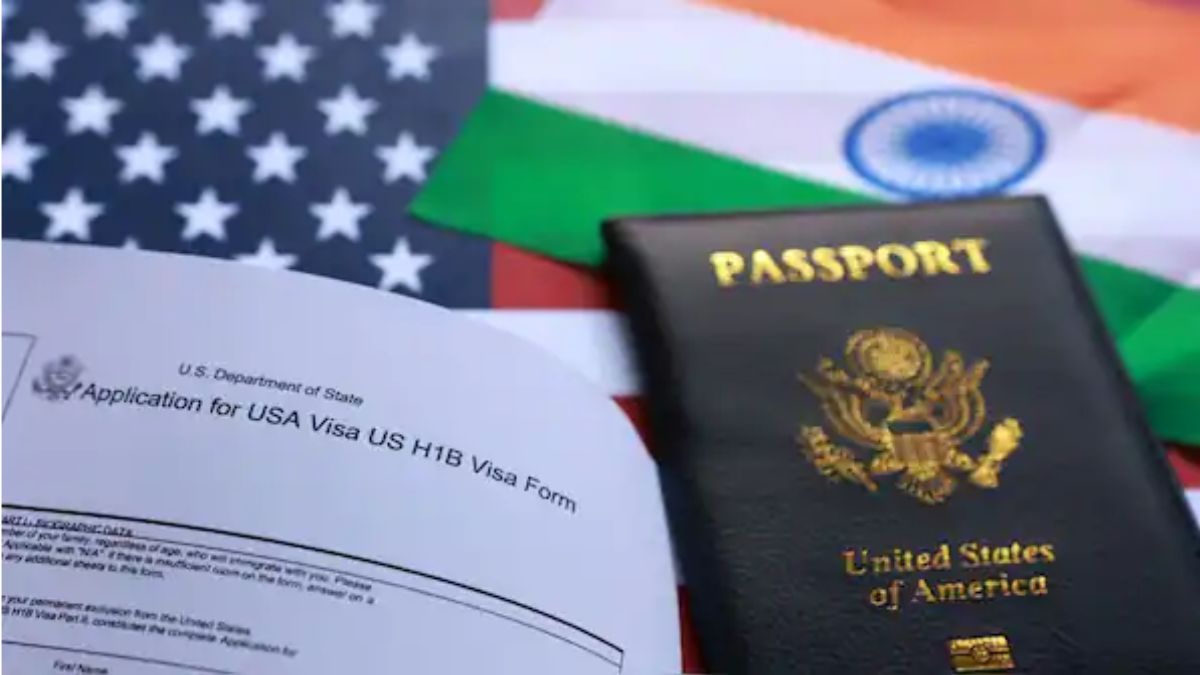)
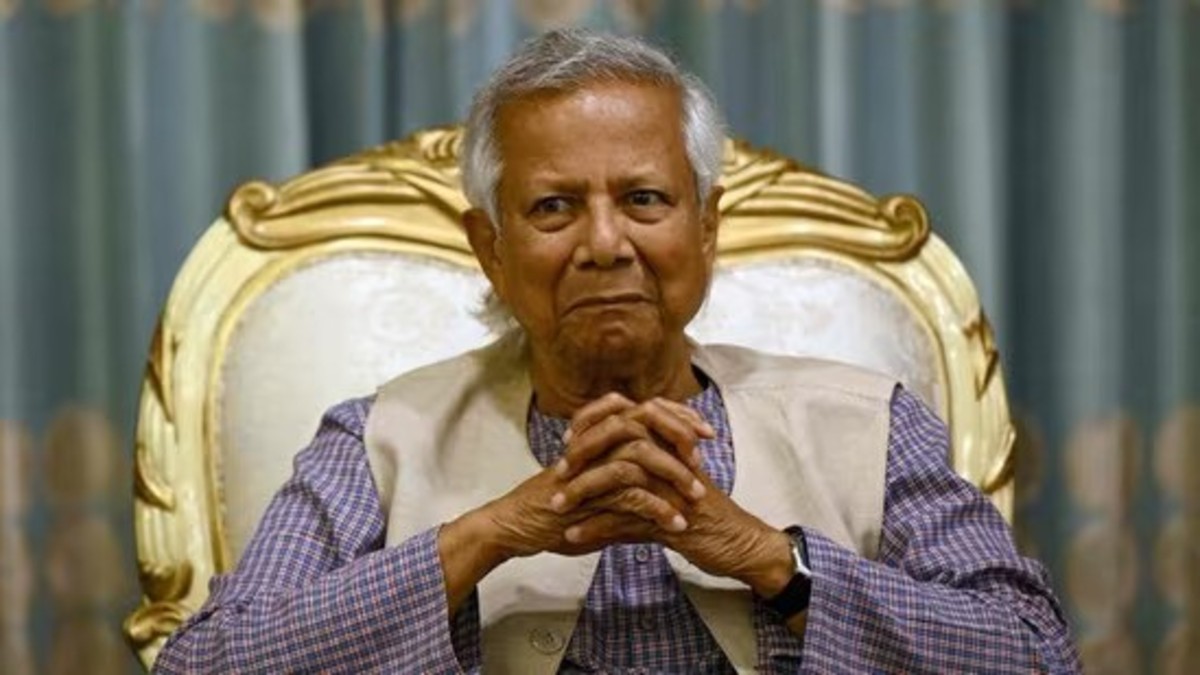)



